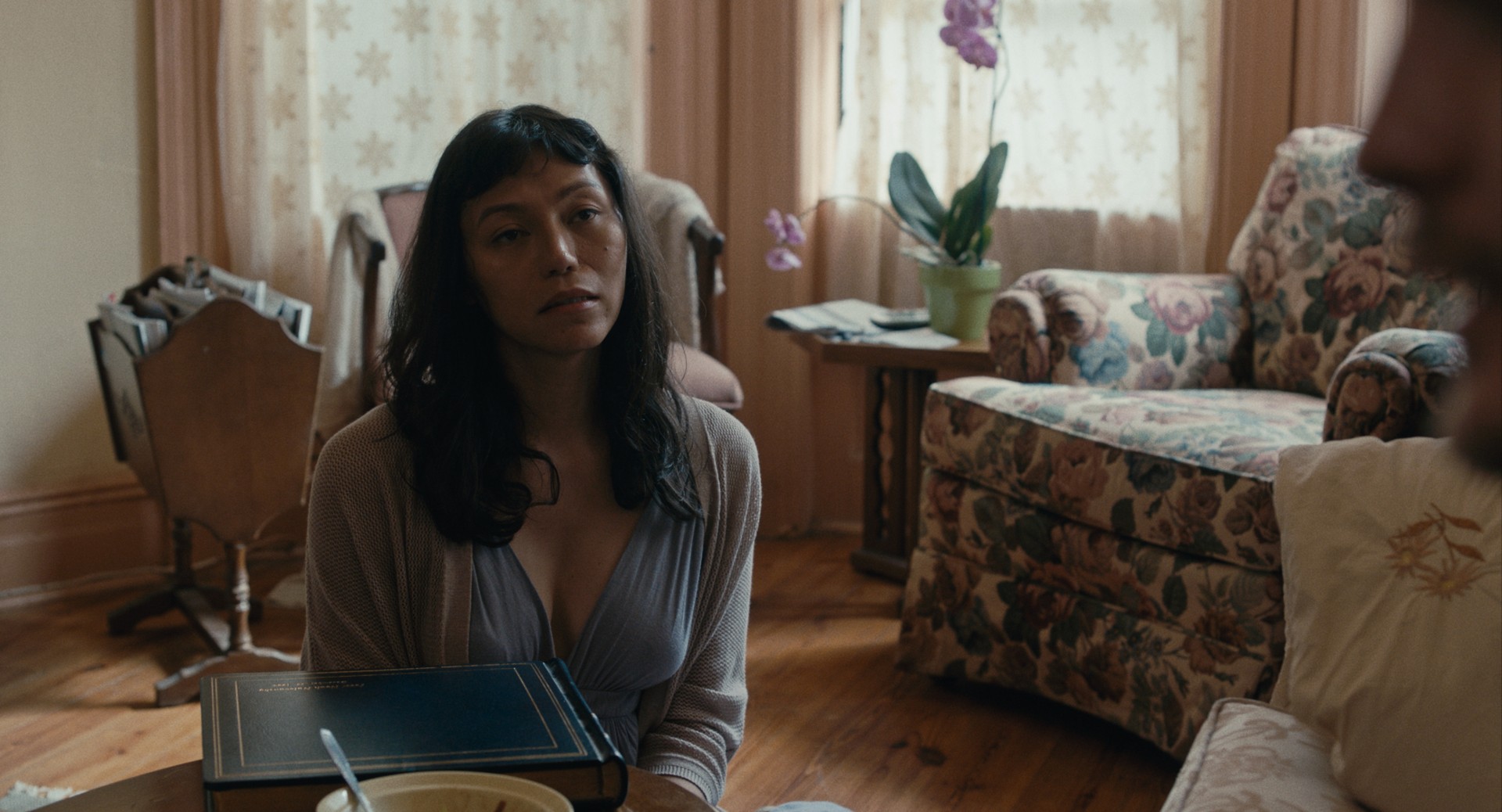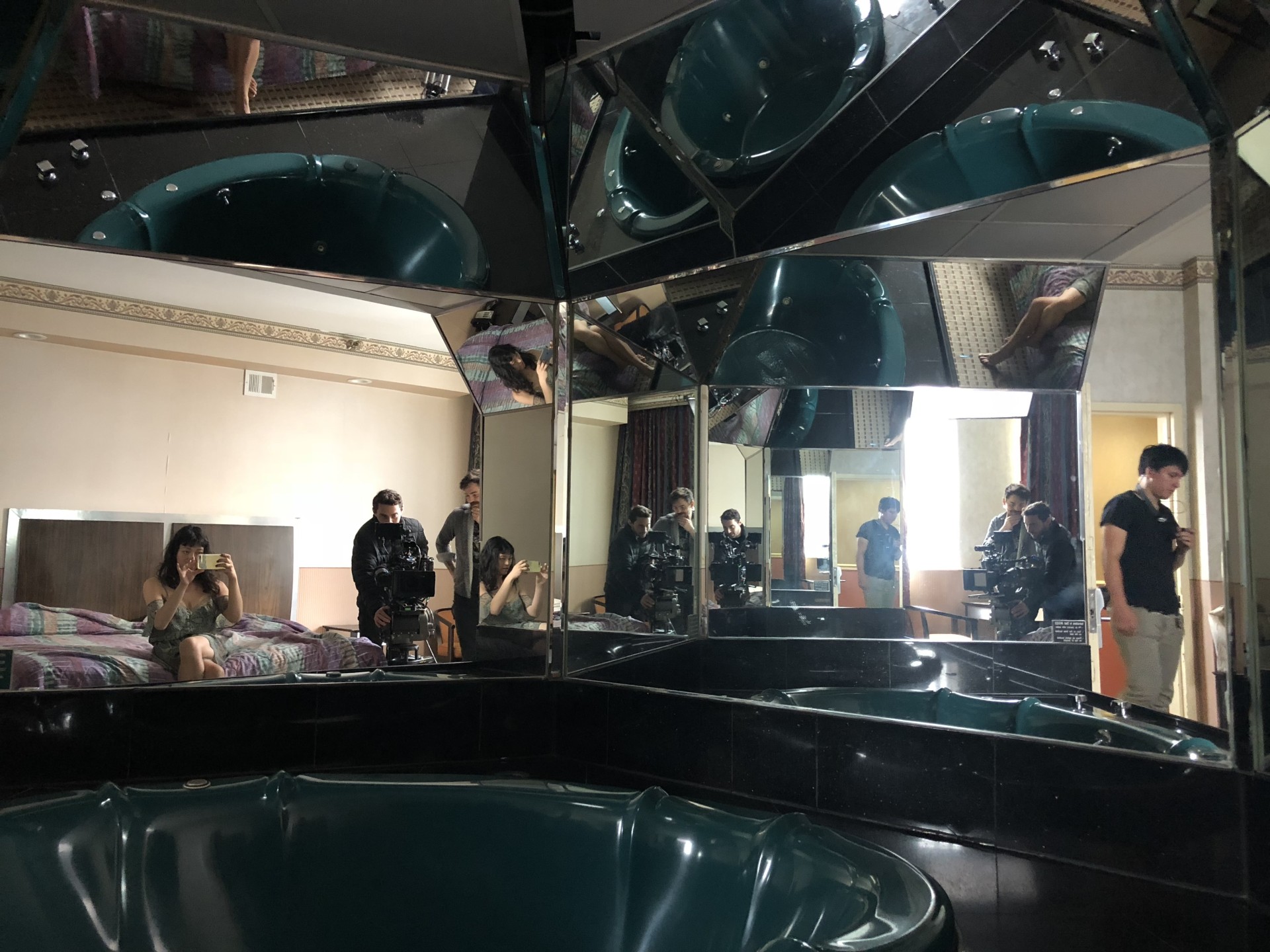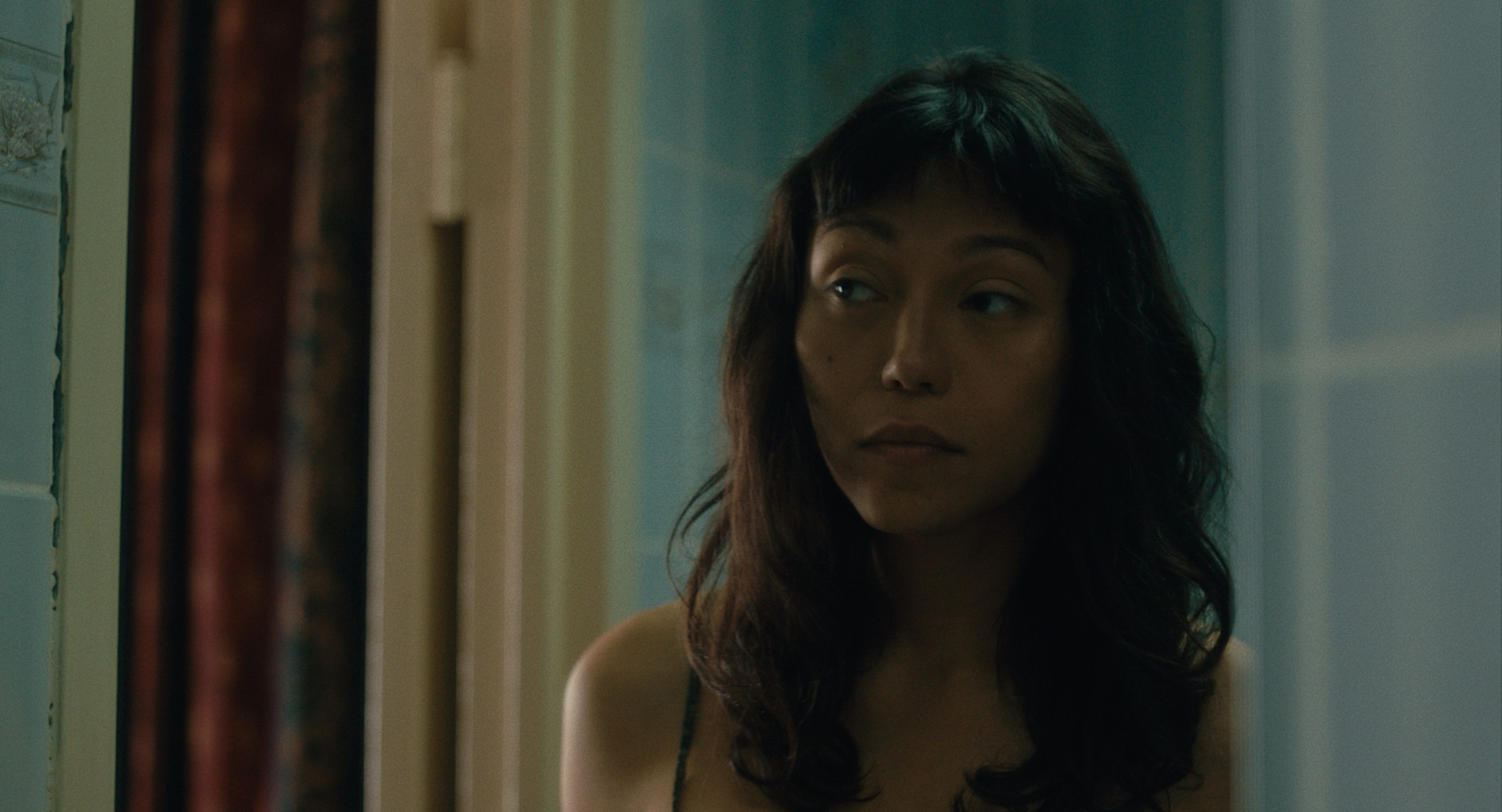It doesn’t escape me that Isabel Sandoval’s response to the question of what motivates her filmmaking is layered with symbols from both of these histories of the Philippines. When Sandoval was four, her mother took her to see her first movie. The film was a slapstick Filipino comedy popular in the 1980s, starring the comedian Dolphy and his son Vandolph. Cinerama, the huge theater where it was screened, is a relic of the post-war American influence, located on Cebu City’s Colon Street, a thoroughfare built by Spanish colonizers in the 1500s. Even with this colonial history, Sandoval admits that she was mesmerized by the giant images on the screen. As the stories came to life, they planted the seeds of her lifelong passion.
When Sandoval starts talking about the process of filmmaking, she lights up, spouting off encyclopedic knowledge of work that inspires her. She often references films across all genres, from contemporary blockbusters to international film classics. It’s obvious that her dream is to be remembered like the directors she loves: Rainer Werner Fassbinder, Yasujirō Ozu, and Akira Kurosawa. They wield a mastery of narrative storytelling and imagery to bring audiences, as Sandoval puts it, to a “specific emotional destination.” But what seems to be Sandoval’s true intent is to create a vehicle that allows viewers, especially trans women of color, to see their truths and realities affirmed.
Sandoval started making films long before the 2019 Venice Film Festival, where she became the first trans director to premiere a feature film. She made her first feature, Señorita (2011), on a shoestring budget in the Philippines, which was then followed by her second feature, Apparition (2012). Both films received notable attention from international festivals, but it’s her most recent feature, Lingua Franca (2019), that is getting her noticed by the US and international film industries. The film tells the story of Olivia, an undocumented trans Filipina woman who is employed as a domestic worker for a Russian immigrant named Olga. Olivia falls into a romance with Alex, Olga’s grandson, while grappling with her fear of being detained and deported by the anti-immigrant Trump administration.
When Sandoval starts talking about the process of filmmaking she lights up, spouting off encyclopedic knowledge of work that inspires her.
Last summer, Ava DuVernay’s distribution company, ARRAY, picked up the film for theatrical release and streaming on Netflix. When I ask Sandoval about the significance of making a film based in the US instead of the Philippines, she emphasizes that it gave her the freedom to make a “lyrical, sensual, delicate drama” that was a testament to her uncompromising storytelling. Because there is a market in the US for arthouse films, it was more possible and financially sustainable for Sandoval to execute her creative vision. That meant Sandoval could choose not to pander to a broader cisgender audience. This approach, she says, allowed the film to get noticed: “In my experience with Lingua Franca and the ‘risky’ and potentially alienating creative choices that I made, those idiosyncratic choices are what actually made the film stand out as being an original and singular work of art.”
Indeed, Sandoval’s signature filmic style comes to life in Lingua Franca. The narrative is intentionally sparse in dialogue, and Sandoval finds her aesthetic voice through ambitious cinematography. Long takes track Alex’s movement through the slaughterhouse where he works. When Olivia and Alex drive home after witnessing ICE agents arresting Filipino workers, Sandoval employs a shallow depth of field and close-ups to focus on their faces and emotions; they are lit by Brooklyn’s streetlights. The formal elements and visually melodic scenes combine in a series of small but poignant emotional events: the intimacy between lovers, the fear of incarceration that comes with being undocumented, and the awkward silences between two people who have different access to power, privilege, and ease in the US.



